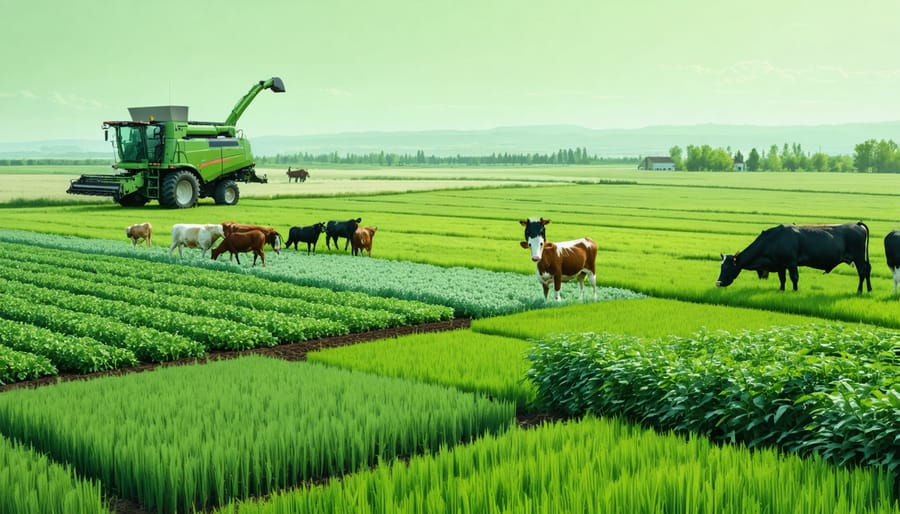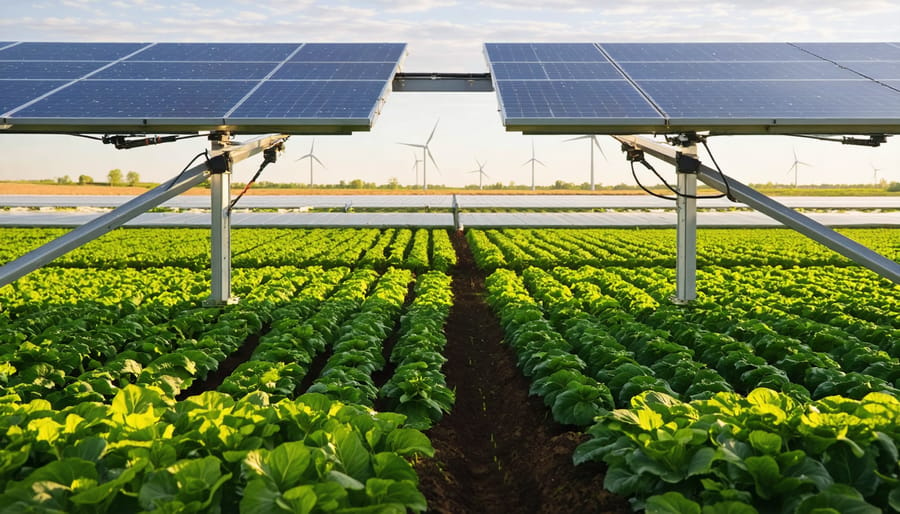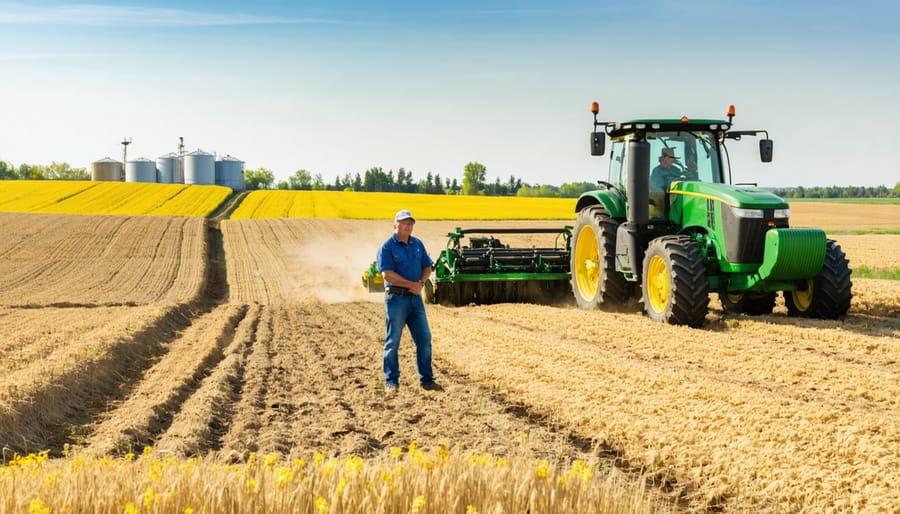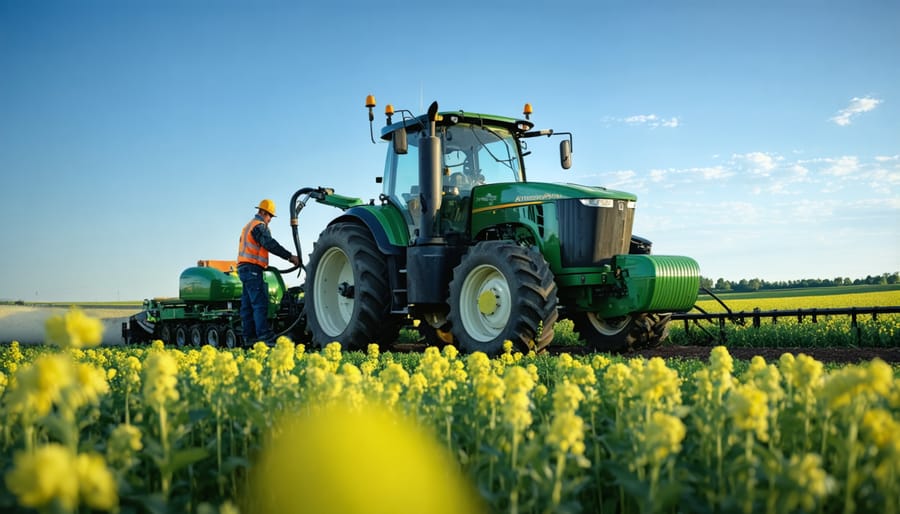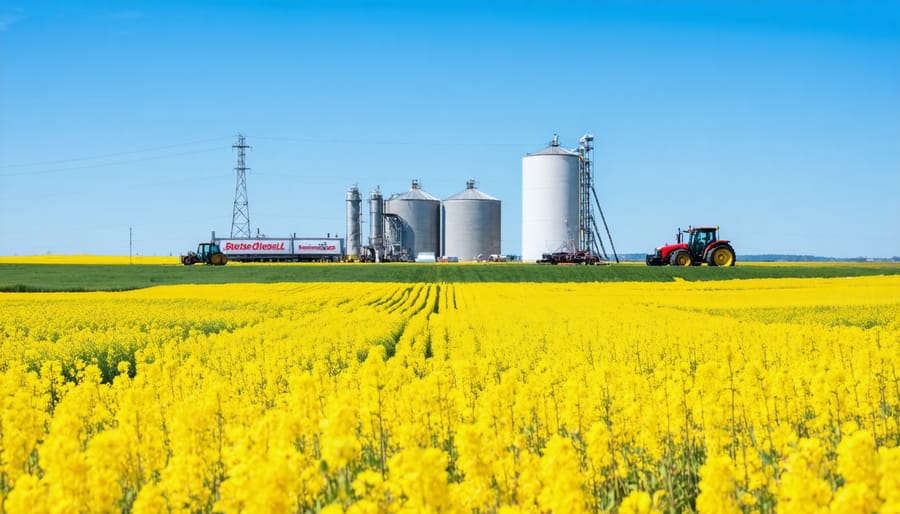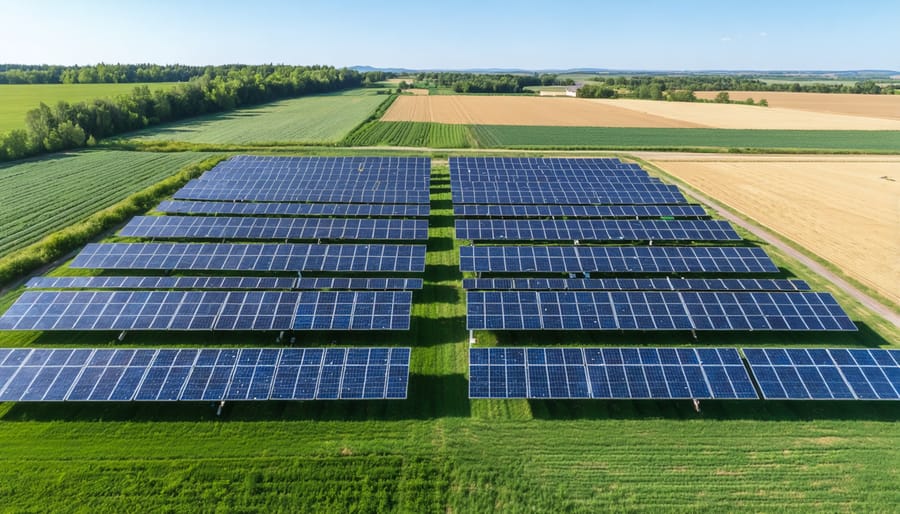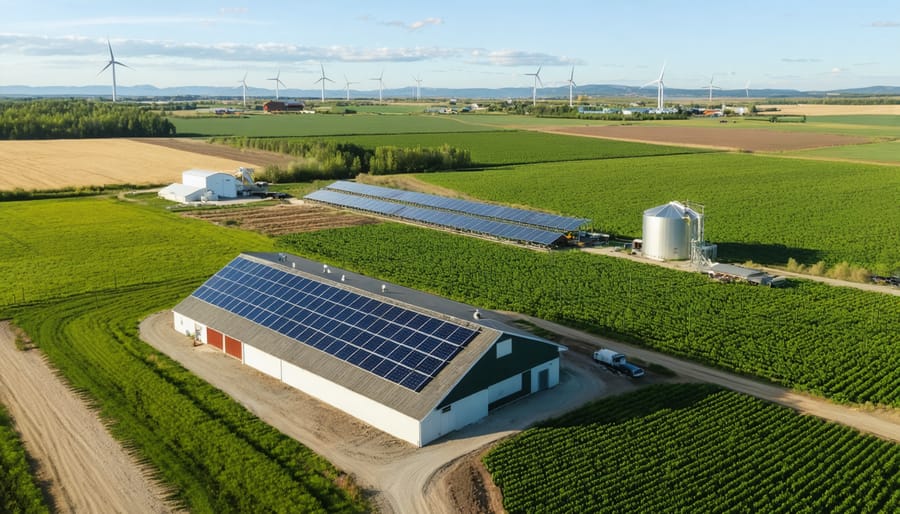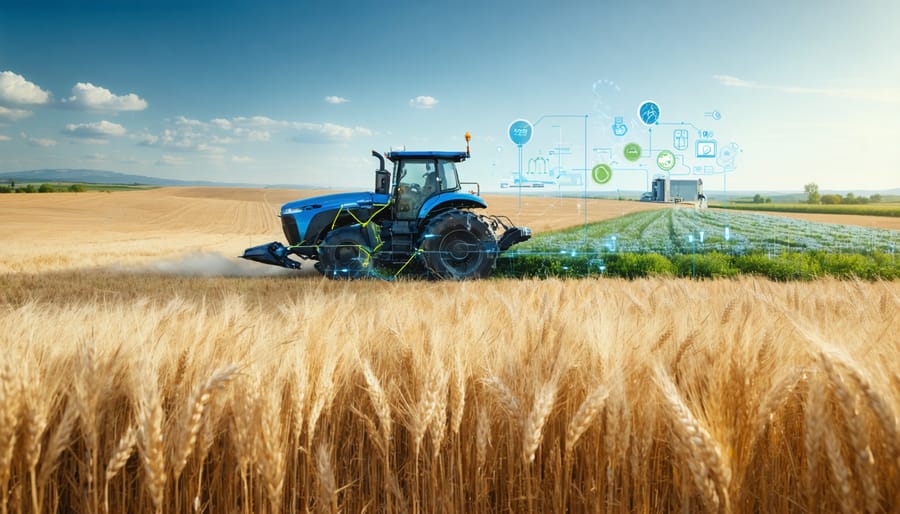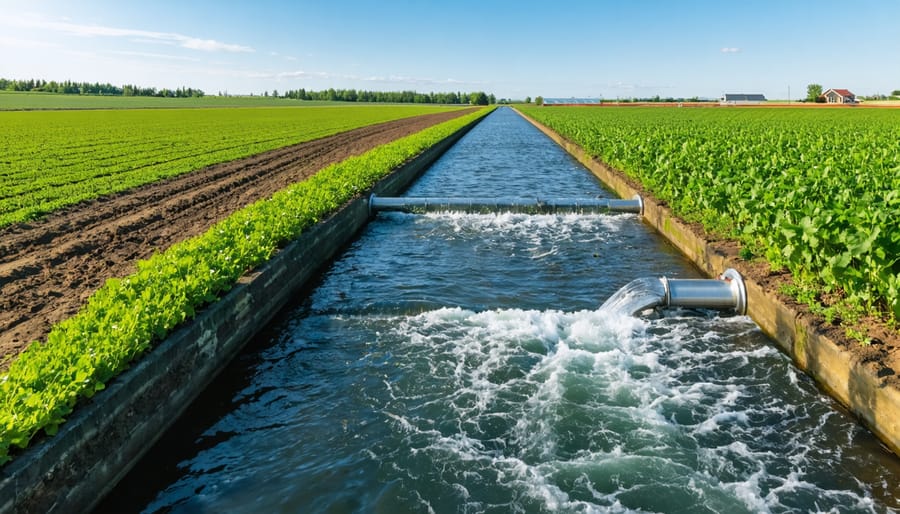Regenerate your soil, sequester carbon, and promote biodiversity by adopting organic regenerative farming practices. Implement cover cropping to protect and enrich your soil between cash crop seasons, taking advantage of the benefits for soil health. Incorporate diverse crop rotations, including nitrogen-fixing legumes, to naturally replenish nutrients and break pest cycles. Integrate livestock into your farming system to fertilize pastures, cycle nutrients, and foster a thriving, resilient ecosystem. By embracing these regenerative methods, Alberta farmers can build fertile soils, produce nourishing food, and contribute to a sustainable future for generations to come.
What is Organic Regenerative Farming?
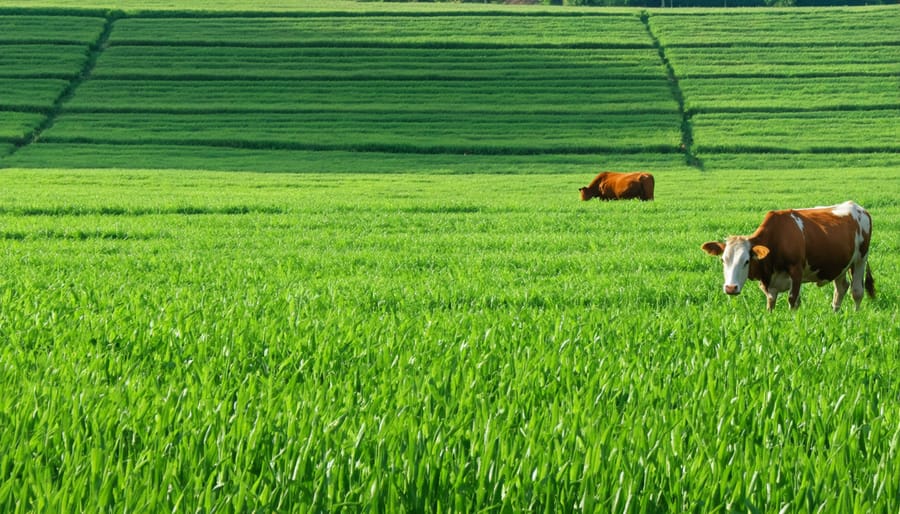
The Role of Soil Health
Soil health is the foundation of organic regenerative farming. Healthy soil teems with beneficial microorganisms, retains moisture, and provides essential nutrients for crops. Regenerative practices like cover cropping, composting, and reduced tillage work in harmony to enhance soil vitality.
Cover crops, such as legumes and grasses, protect the soil from erosion and add organic matter when they decompose. They also help suppress weeds and fix nitrogen in the soil, reducing the need for synthetic fertilizers. Composting transforms farm waste into a nutrient-rich amendment that improves soil structure and fertility.
Reduced tillage minimizes soil disturbance, preserving its structure and the delicate ecosystem within. This practice encourages the growth of beneficial fungi and bacteria, which form symbiotic relationships with plant roots and enhance nutrient uptake.
Alberta farmers who prioritize soil health through regenerative practices often see improvements in crop yields, resilience to drought and pests, and long-term sustainability. For example, a regenerative farm in Alberta reported a 20% increase in crop yields and a 30% reduction in water usage after implementing cover cropping and composting.
By focusing on soil health, organic regenerative farming not only benefits the environment but also contributes to the economic viability of farms. Healthy soil requires fewer inputs, reducing costs and dependence on external resources. As more Alberta farmers adopt these practices, they create a supportive community that shares knowledge and resources, fostering a sustainable future for agriculture in the region.
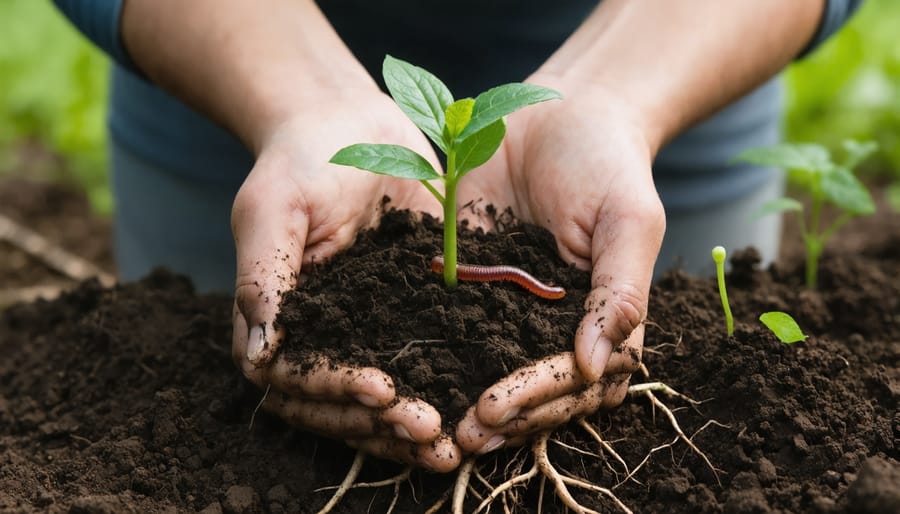
Carbon Sequestration and Climate Change Mitigation
Organic regenerative farming practices, such as cover cropping, crop rotation, and reduced tillage, help sequester carbon in the soil. By promoting healthy soil biology and increasing organic matter, these methods enhance the soil’s ability to store carbon, effectively removing it from the atmosphere. This process not only improves soil health and fertility but also plays a crucial role in mitigating the impacts of climate change. As more farmers in Alberta and across Canada adopt regenerative practices, they contribute to reducing atmospheric CO2 levels and building a more resilient agricultural system. By working with nature to restore and maintain healthy ecosystems, regenerative farmers are at the forefront of the battle against climate change, ensuring a sustainable future for generations to come.
Benefits for Alberta Farmers
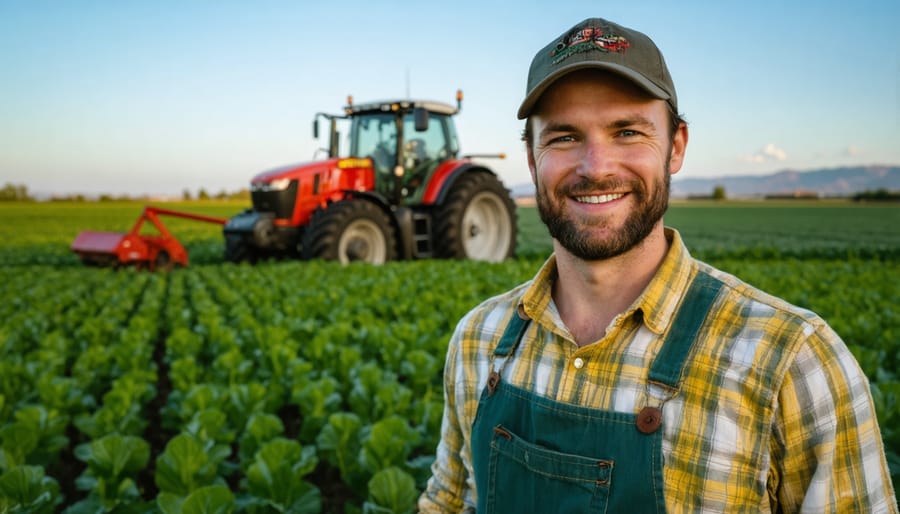
Case Studies
Alberta farmers are leading the way in adopting regenerative practices, with inspiring results. Mark and Lisa Johnson of Red Deer transitioned their 2,000-acre grain farm to regenerative methods five years ago. By implementing cover cropping, reduced tillage, and diverse crop rotations, they’ve seen a 30% increase in soil organic matter and a 25% reduction in input costs. The Johnsons now host workshops to share their knowledge with other farmers.
In the southern region, the Blackfoot Regenerative Agriculture Project is revitalizing traditional Indigenous practices on 1,500 acres. Through a combination of bison grazing, perennial plantings, and agroforestry, the project has restored native grasslands, improved water retention, and sequestered significant amounts of carbon. The project serves as a model for integrating Indigenous knowledge with modern regenerative techniques.
Near Edmonton, the Stony Plain Community Farm demonstrates the power of small-scale regenerative agriculture. This 50-acre farm uses intensive rotational grazing, no-till vegetable production, and agroforestry to produce a diverse range of products for local markets. By focusing on soil health and biodiversity, the farm has achieved profitable yields while minimizing external inputs and environmental impact.
These case studies showcase the potential for regenerative practices to thrive in Alberta’s diverse agricultural landscape. As more farmers adopt these methods, they are building resilient and productive farms while contributing to a healthier environment and stronger rural communities.
Getting Started with Regenerative Farming
Expert Advice
Leading experts in regenerative agriculture, such as Dr. Jill Clapperton, emphasize the importance of soil health. “Healthy soil is the foundation of a thriving farm ecosystem,” says Clapperton. She recommends using cover crops, reducing tillage, and integrating livestock to improve soil structure and nutrient cycling.
Successful practitioners, like Alberta farmer John Smith, have seen firsthand the benefits of organic regenerative farming. “Since transitioning to regenerative practices, we’ve observed increased soil organic matter, better water retention, and higher yields,” Smith shares. He advises starting small and seeking guidance from experienced farmers or agricultural organizations.
Experts also highlight the long-term financial advantages of regenerative farming. “While there may be initial costs, the improved soil health and reduced inputs lead to greater profitability over time,” notes agricultural economist Dr. Sarah Thompson. She suggests exploring government programs and grants that support sustainable agriculture initiatives.
By following expert advice and learning from successful practitioners, Alberta farmers can confidently adopt organic regenerative farming practices for a more sustainable and prosperous future.
Conclusion
In conclusion, organic regenerative farming offers a promising path forward for Alberta’s agricultural sector. By prioritizing soil health, biodiversity, and sustainable practices, regenerative farming can enhance crop yields, improve farm resilience, and contribute to a more secure food system. Moreover, these practices have the potential to address pressing environmental challenges, such as climate change and land degradation, by sequestering carbon, conserving water, and reducing reliance on synthetic inputs.
As we look to the future, it is clear that embracing organic regenerative farming is not only beneficial but necessary. By working together as a community, sharing knowledge, and supporting one another, Alberta farmers can lead the way in this transformative movement. We encourage all readers to explore regenerative practices further, attend workshops, and connect with like-minded individuals to build a more sustainable and thriving agricultural landscape for generations to come.

